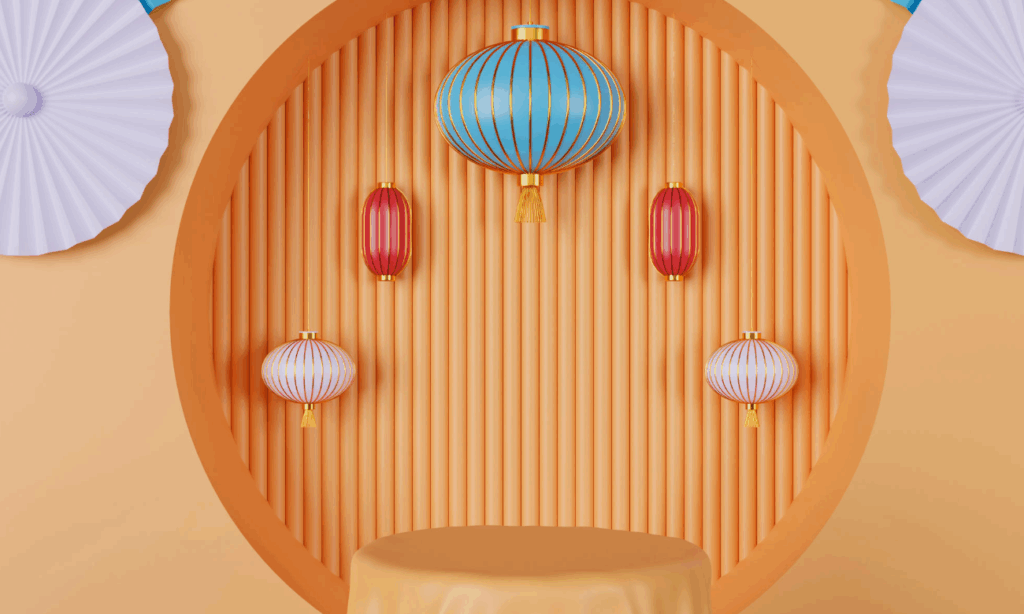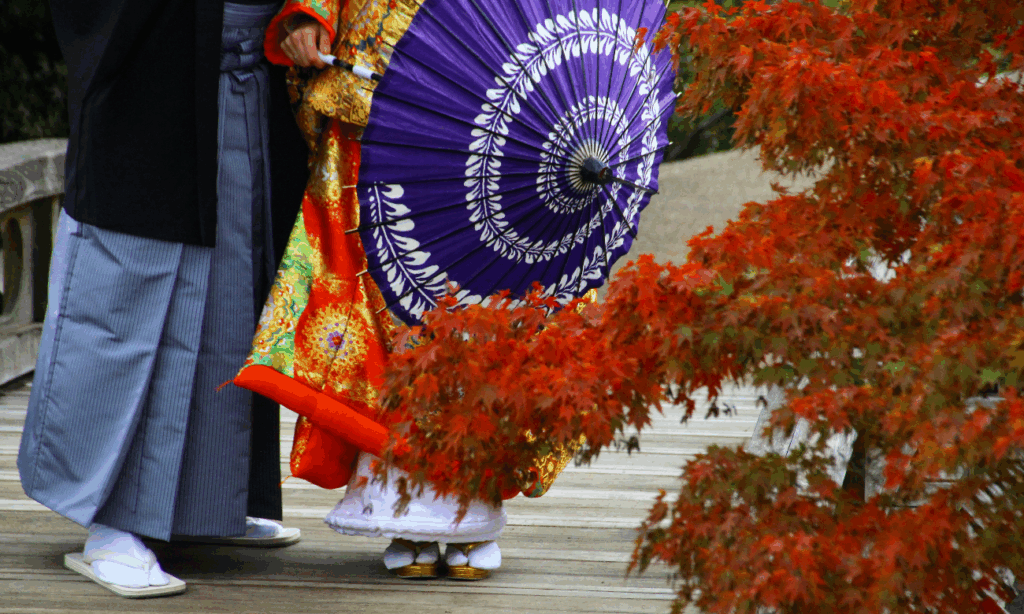Korean Fan Art Styles: Powerful Impact of Anime on Art Styles

Introduction
Fan Art Styles in Korea are now a colourful combination of native creativity and global influences. Korean Fan Art Styles are deeply rooted in appreciation for characters and stories created in Japanese anime, juxtaposed against a uniquely Korean aesthetic. From this cross-cultural conversation artists working throughout South Korea use it to develop methods that will be palatable to both local and international readers or viewers.
Historical Roots
In the early 2000s, anime became more prominent in reach across South Korea, and laid the foundation for current Korean Fan Art Styles. It was originally conceived inflamed by classice series such as Naruto and Bleach, artists began creating fan art as an outlet for personal creativity. These artistic researches eventually integrated manhwa, Korea’s indigenous comic tradition, and acted as a hybrid approach of expression. Because of this, Korean Fan Art Styles began to focus more on emotional line work and dynamic paneling, taking after both their Japanese and Korean influences.
Visual Characteristics
Expressive eyes are also front and center of Korean Fan Art Styles, albeit in a softer more gradient fashion than traditional anime washes. This method gives characters a bit of a warmth that should attract fans of anime, and also fans of manhwa. Furthermore, Fan art in Korean style tend to be of a pastel color schemes and give the loved characters a dreamy and airy expression.
The other characteristic is the utilization of decorative backgrounds inspired by traditional Korean design elements like hanbok patterns or patterns influenced by Korean architecture. Artists work in these symbols subtly to maintain that their work is easily recognizable as a part of the anime community while paying homage to local cultural heritage.
Technique and Mediums
Korean Fan Art Styles can be found in a variety of forms, from digital illustration to hand-painted miniatures. Among emerging artists, digital platforms like Procreate and Clip Studio Paint are common because of their flexible brushes that replicate old-school ink and watercolor. In these digital realms, creators perfect their depictions of anime characters: nuanced brush strokes, layered textures.
More on the conventional side, cotton paper and Sumi ink are time-tested staples among illustrators who prefer a hands-on workflow. THE BLENDING – When both ink outlines and light watercolor washes are combined, a merge of mixing the colors together can be seen in this example of Korean Fan Art Styles.
Community and Events

Conventions are also critical in promoting Korean Fan Art Styles. And now at everything from club-level shows to national expos, artists come together to swap tips or sell originals. Some of the most memorable events are are Korea’s Annual Cosplay Celebrations, where artists and fans alike come together just to showcase each other’s talents and artistic passion. The increased popularity due to these events have introduced more buyers to Korean Fan Art Styles and those that like the combination of anime influence and Korean design.
Future Trends

In the future, Korean Fan Art Styles will move into augmented reality (AR) exposure, which will enable artwork to be inserted into a real environment using a smartphone by fans. The melding of technology and artistry has the potential to bring fan art to a much larger audience than it currently has with still prints. Furthermore, increasing interest in sustainable materials is prompting creatives to play around with green inks and recycled papers, mixing a bit of eco-ethics with their creativity to find new ways to get their message across.
On another tangent, is cross media storytelling where fan artists are now partnering with indie game developers and fusing their visual style into interactive media. These collaborations also work to dissolve distinctions between fan art and official work, and suggest what Korean Fan Art Styles offer in terms of potential influence across media.
Conclusion
Korean Fan Art Styles are where anime fandom meets the unique stamp of indigenous Korean culture: A new way of looking at familiar faces. As we have observed, these styles are based on historical origins, visual properties and multiple techniques which converge to define an aesthetic identity. Community events and online spaces still sustain their development, and future currents indicate an even broader burgeoning of creativity. Korean Fan Art Styles, at last not only represents and embraces the worldwide enthusiastic of anime but lives the current culture of South Korea.
